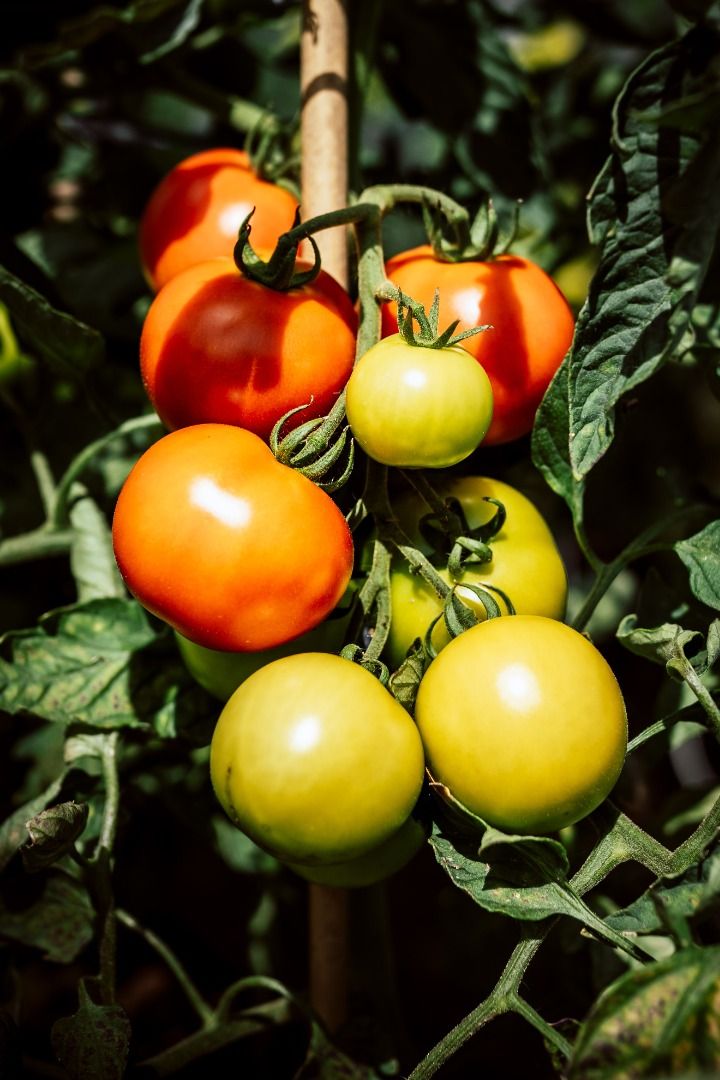I always thought a certain member of the British Royal family, who I wouldn’t dare to name, was slightly potty when he advocated talking to your plants. Well, I eat my words. It turns out there is an element of truth behind this crazy notion, and what’s more, there is scientific evidence.
Does this mean we should sidle up to them and chat them up? Like: “Hi darlin, fancy a drink?” Or: “Did anyone ever tell you green suits you?” The mind boggles.
Can plants hear? Well, maybe not in the way that we humans hear, but yes, they can hear – perhaps ‘sense’ would be a better word - what is happening around them. Since the 1800s, biologists have been researching whether or not talking to your plants actually helps them flourish, as by nature, plants adapt to their environments. Apparently, an evolutionary process has developed in order to help them nourish and protect themselves.
In a study conducted by the Royal Horticultural Society, research demonstrated that plants did respond to human voices. In this study, there were 10 tomato plants, 8 of which had headphones placed around their pots. Over the course of one month, researchers, both male and female, would read scientific and literary texts each day. By the end of the month, the results concluded that plants that were read to grew more than the plants that were not read to. Additionally, the results revealed that the plants that ‘listened’ to female voices grew about 1” more than those who ‘listened’ to male voices! Well, the sceptics out there might just dismiss this as a coincidence, but who knows?
No one is suggesting you invest in headphones for your plants (although nobody says you can’t try!). Simply talk to your plants or start talking around your plants to see if it helps them grow. Research has also shown that plants begin to react to sound at 70 decibels. Lucky for us, 70 decibels is the sound level for the average human conversation. The more and the louder you talk or play music around your plants, the more stimulated they will be.
Further evidence shows that pea seedlings reacted to the sounds of their environment. The sound introduced to these seedlings was the sound of running water. One tray had an enclosed plastic tube of running water at the end of it, and one had dry soil at the end, but BOTH trays of seedlings grew towards the sound of the water. How amazing is that?
Apparently, another study claims that Oenothera drummondii flowers (common name Beach Evening Primrose) exposed to playback sound of a flying bee or to synthetic sound signals at similar frequencies, produce sweeter nectar within 3 minutes, potentially increasing the chances of cross-pollination. The flowers also vibrated in response to these sounds, suggesting a plausible mechanism where the flower serves as an auditory sensory organ. And this wasn’t simply a case of flower + sound = response — while the plants vibrated and made sweeter nectar in response to pollinator sounds, they showed no response to random, higher-frequency noise.
Speaking, playing music and natural noises provided from the environment may all play a part in how your plant grows. It is even suggested that plants respond to vibrations from sound waves because they are similar to how a plant is stimulated by the wind.
Can plants hear? Not exactly. But it sounds like they’re paying attention.
Marilyn writes regularly for The Portugal News, and has lived in the Algarve for some years. A dog-lover, she has lived in Ireland, UK, Bermuda and the Isle of Man.
















